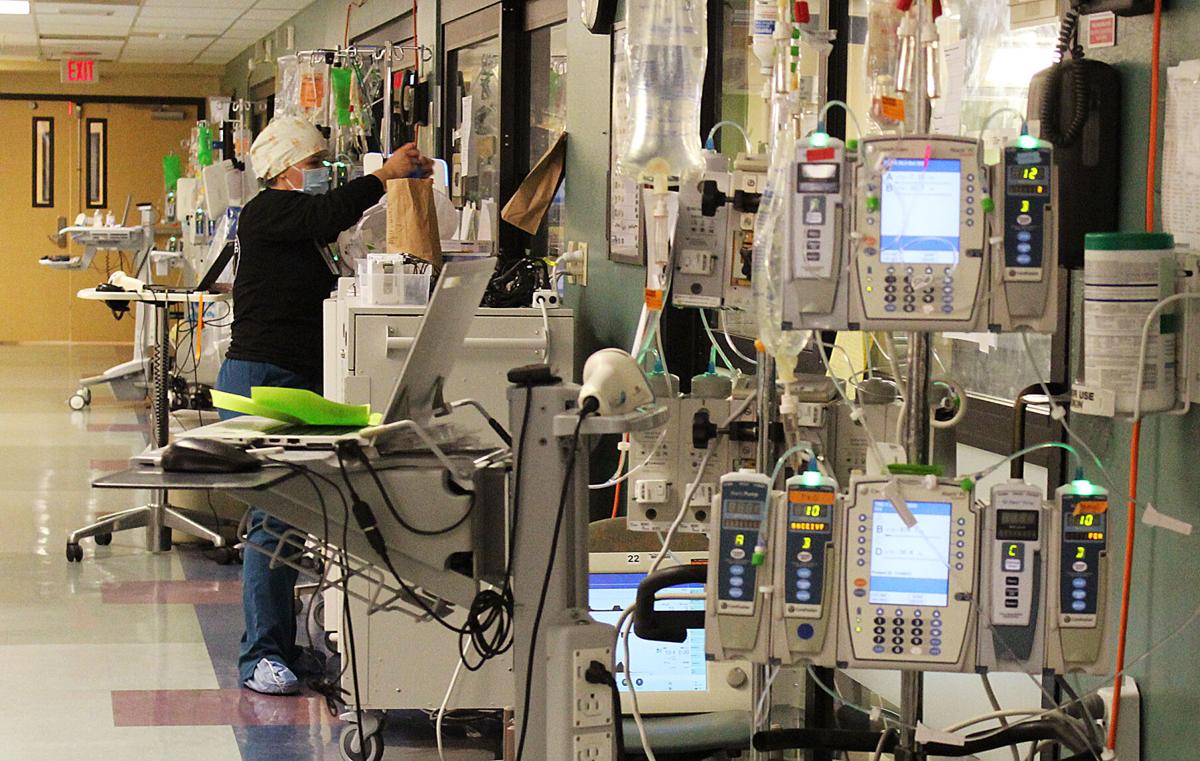COVID-19 cases continue to spike in Pima County, putting pressure on hospitals countywide.
“I believe we are looking at getting into a crisis situation,” said Dr. Theresa Cullen, the county’s health department director.
On Tuesday, only 3% of ICU beds in the county were available, or about 11 ICU beds, said Cullen.
Also, the number of ventilators used by COVID-19 patients has risen to 48% of the county’s supply, she said.
While Pima County has enough ventilators, with more in storage, it may reach a point this winter where there aren’t enough hospital employees to operate them, Cullen said Tuesday at a news conference.
“Just because we have ventilators available in our warehouse does not mean that we either have a place to send them or we have staff that is trained to support them,” she said. “It’s the most ventilators that had been in use by COVID patients since Feb. 7, early this year.”
COVID-19 is still largely a disease of the unvaccinated, but breakthrough cases among fully vaccinated people do happen, Cullen said.
As the holidays approach, the health department is urging people to wear a mask in any public indoor space. This includes at Thanksgiving dinner if you don’t know the vaccination status of the people with whom you are gathering, Cullen said.
The vaccines and booster shots greatly reduce the risk of hospitalizations.
“If you are sick, please stay home over the next few days,” Cullen said, adding that even if you have been fully vaccinated, if you are infected it’s still possible for you to spread the virus that causes COVID-19 to others.
The same is true if you have received a booster shot, she said. While the booster will lower a COVID-19 patient’s viral load, it’s still possible for a person who has received the booster to spread the virus to others.
New weekly cases in Pima County are higher now than they were last year, a trend that has been true since August.
Cullen expects these numbers to keep rising.
“I’ve stopped being a prognosticator other than to say, I think things are going to continue to increase for the next period of time.”
As schools break for holiday vacations, Cullen said she sees two potential ways that could affect COVID-19 cases.
“One is that kids will no longer be in the classroom, so there’s not a gathering of individuals close together,” she said. “However, now they’re going home, and they may be interacting with people that they have not interacted with for the past few months because families are coming in, people are gathering. Right now we are struggling to predict what we think will be the impact of vacation.”
In a scenario where vaccination rates don’t go up, among other factors, predictive modeling of future COVID-19 case numbers shows a fairly steep increase like we saw last winter, Cullen said.
New COVID-19 cases peaked in mid-January to mid-February, she said.
“If we’re gonna see a really high curve once again, I think that that’s where we’re gonna see it.”
She attributes the rise in new COVID-19 cases to several factors, including large gatherings of unmasked people and general fatigue about following health protocols as the pandemic wears on.
Several months ago, health experts talked about reaching herd immunity by getting 70% to 80% of the eligible population vaccinated, but things have not turned out that way, she said.
“Our overall vaccination rate of 70.2% is a reputable and respectable vaccination rate,” Cullen said. “But in and of itself, it has been insufficient.”





